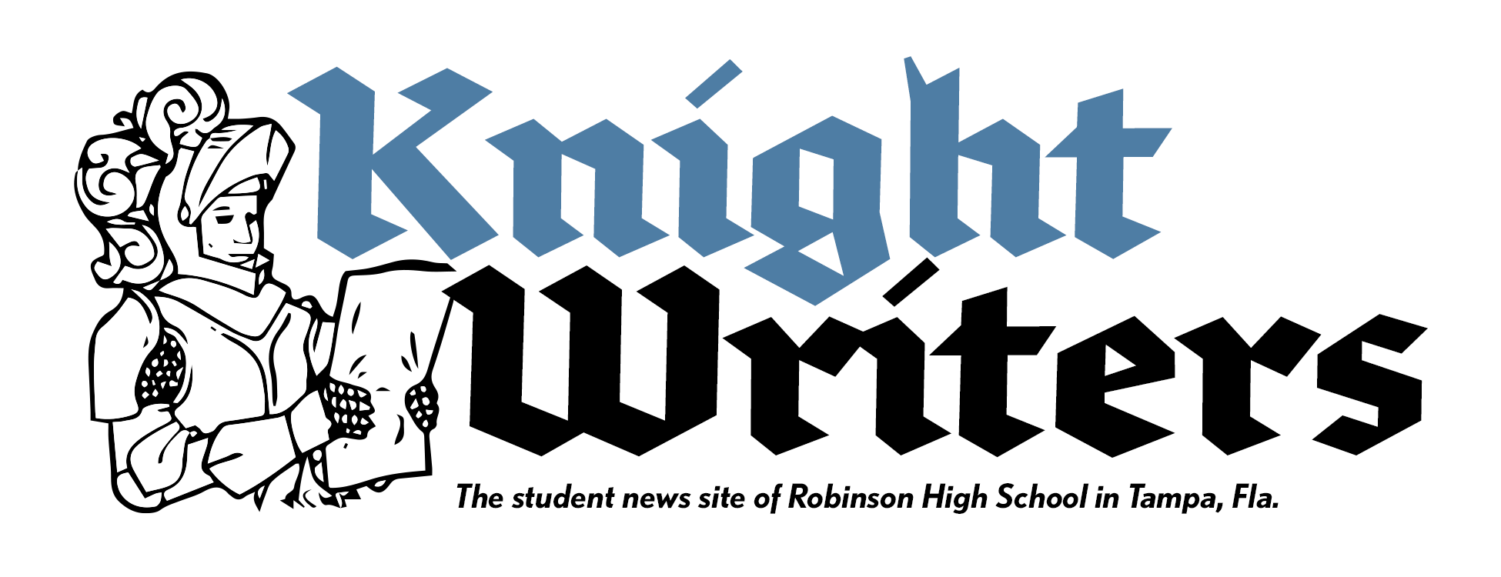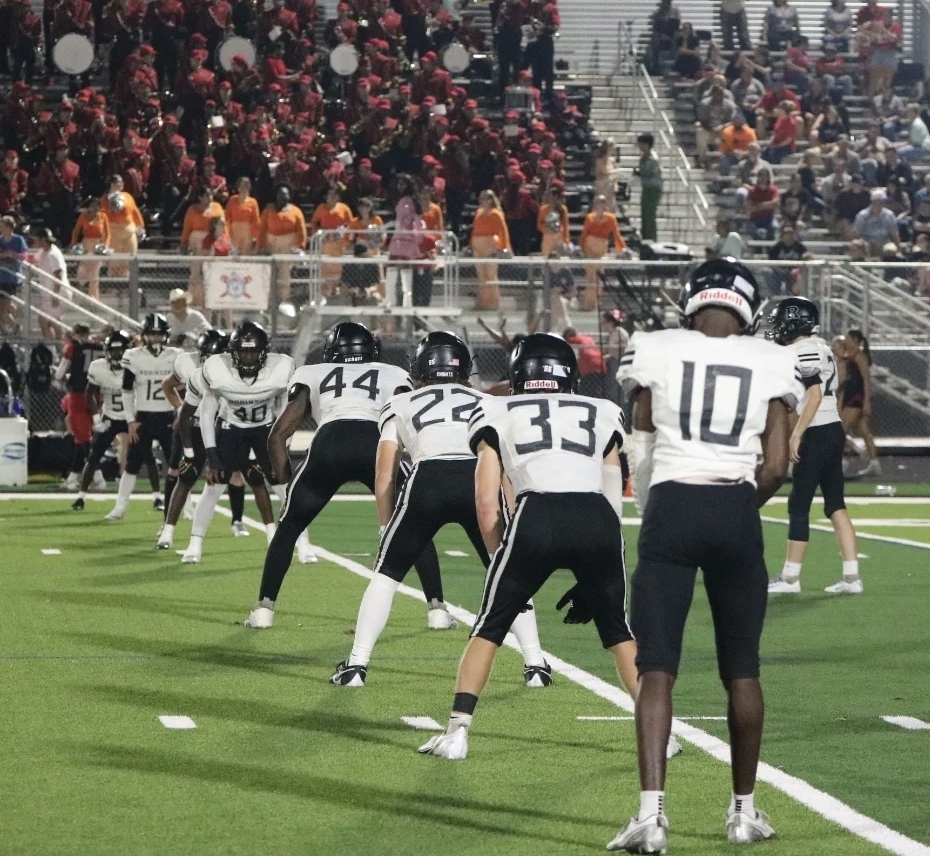In today’s world, high school sports are no longer just about Friday night lights and local bragging rights. With the rise of social media, streaming platforms, and national recruiting attention, high school athletes are building brands before they ever step onto a college campus. If colleges can now offer Name, Image, and Likeness (NIL) opportunities, it only makes sense that standout high school athletes should also be able to benefit.
NIL money gives athletes the chance to profit from the fame they already generate. Many high school stars attract thousands of fans to games, drive ticket sales, and fill highlight reels online that generate revenue for others—while they themselves see none of it. By allowing NIL, we empower students to capitalize on their own hard work and talent rather than letting only schools, coaches, or companies benefit.
“Yes, because any opportunity for a high school student or anybody in general to make money is a good opportunity,” Outside Linebacker Antonio Henry (’27) said.” And I think that they should take that opportunity if it’s presented to them.”
His perspective highlights how NIL is more than just a luxury—it’s a chance for students to take advantage of real opportunities that could change their futures.
“I think yeah. Because money can generate attention and revenue through their performance and everything,” Baseball Player Carter Santos (’27) said. “it could allow them to profit off of their hard work and everything like that.”
His words reinforce the idea that athletes are already putting in the work, generating excitement and revenue, and deserve to share in the rewards.
Financial support can also ease the burden on families. Travel teams, gear, and training are expensive, and NIL money could cover those costs. For some athletes, it could even mean helping support their households. Instead of being exploited, students could use their skills to create stability for themselves and their families.
Critics claim NIL might distract from academics or create inequality, but the same concerns exist at the college level—and the system is working. With proper guidance and clear rules, high school NIL can be handled responsibly. In fact, learning to manage contracts, money, and public image could prepare young athletes for life beyond sports.
High school athletes are already stars in their communities and online. Denying them NIL opportunities is denying them ownership of their own name and brand. If colleges allow it, high schools should too—because talent, effort, and influence shouldn’t go unrewarded.


